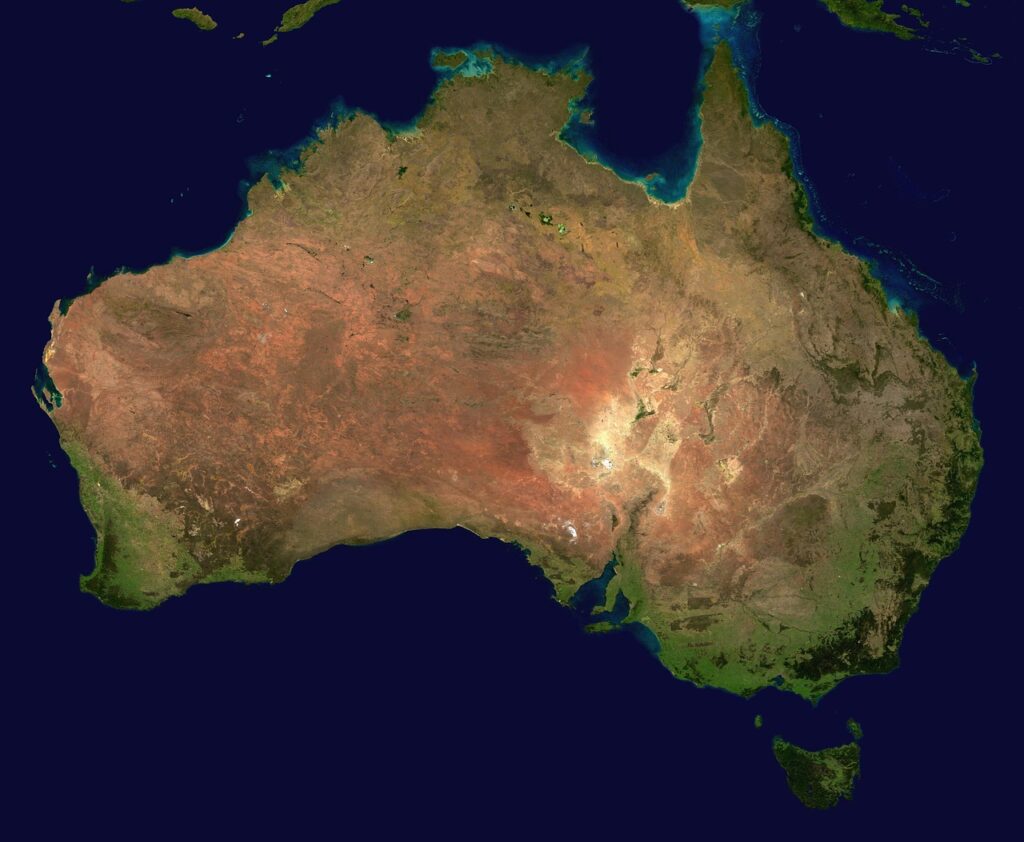Victorian-based hydrogen fuel cell manufacturer Energys Australia has partnered with Telstra to pilot a renewable hydrogen generator at Neerim North, 120 km east of Melbourne.
This $1.1 million project aims to enhance the resilience of Telstra’s telecommunications infrastructure using renewable hydrogen.
The pilot project involves installing a 10 kW hydrogen fuel cell generator at a Telstra mobile tower. The generator is designed to provide a minimum of 72 hours of backup power, ensuring connectivity during extreme weather events. Telstra’s Integrated Network, Facilities and Environment Executive, Vicki Romanovski, emphasized the potential of renewable hydrogen to maintain customer connections in adverse conditions.
Currently, Energys Australia sources hydrogen from an undisclosed location in Victoria. This raises questions about the transparency and sustainability of the supply chain. Furthermore, Energys Australia plans to construct a $3.3 million renewable hydrogen production facility in Melbourne, featuring a 1 MW electrolyzer, compression, storage, and dispensing facilities. This facility, partially funded by a $1 million Commercialisation Pathways Fund grant, aims to produce hydrogen primarily during low demand periods to reduce costs and stabilize the grid.
The Victorian Minister for Energy and Resources, Lily D’Ambrosio, highlighted the role of renewable hydrogen in the state’s Gas Substitution Roadmap, which aims to enhance energy resilience. While this aligns with broader trends in the hydrogen energy sector, it’s essential to compare these efforts with industry benchmarks.
For instance, New South Wales’ recent declaration of three pumped hydro projects as high priority highlights the competitive landscape of renewable energy initiatives. These projects, delivering a combined 1,035 MW of dispatchable capacity, set a high standard for the scalability and impact of renewable energy projects.
Energys Australia’s collaboration with international partners such as Plug Power and Allied Green Ammonia further underscores its commitment to expanding hydrogen infrastructure. Plug Power’s involvement in the 3 GW electrolyzer project in the Northern Territory and the supply of 5 MW PEM electrolyzer systems in Tasmania reflects a growing trend of global partnerships in the hydrogen sector.
However, the success of these initiatives depends on overcoming several challenges, including cost reduction, technological advancements, and the establishment of a robust hydrogen supply chain. The CSIRO’s outline of the Energys production facility suggests a strategic approach to sourcing renewable energy during low demand periods, which could serve as a model for other hydrogen projects.
